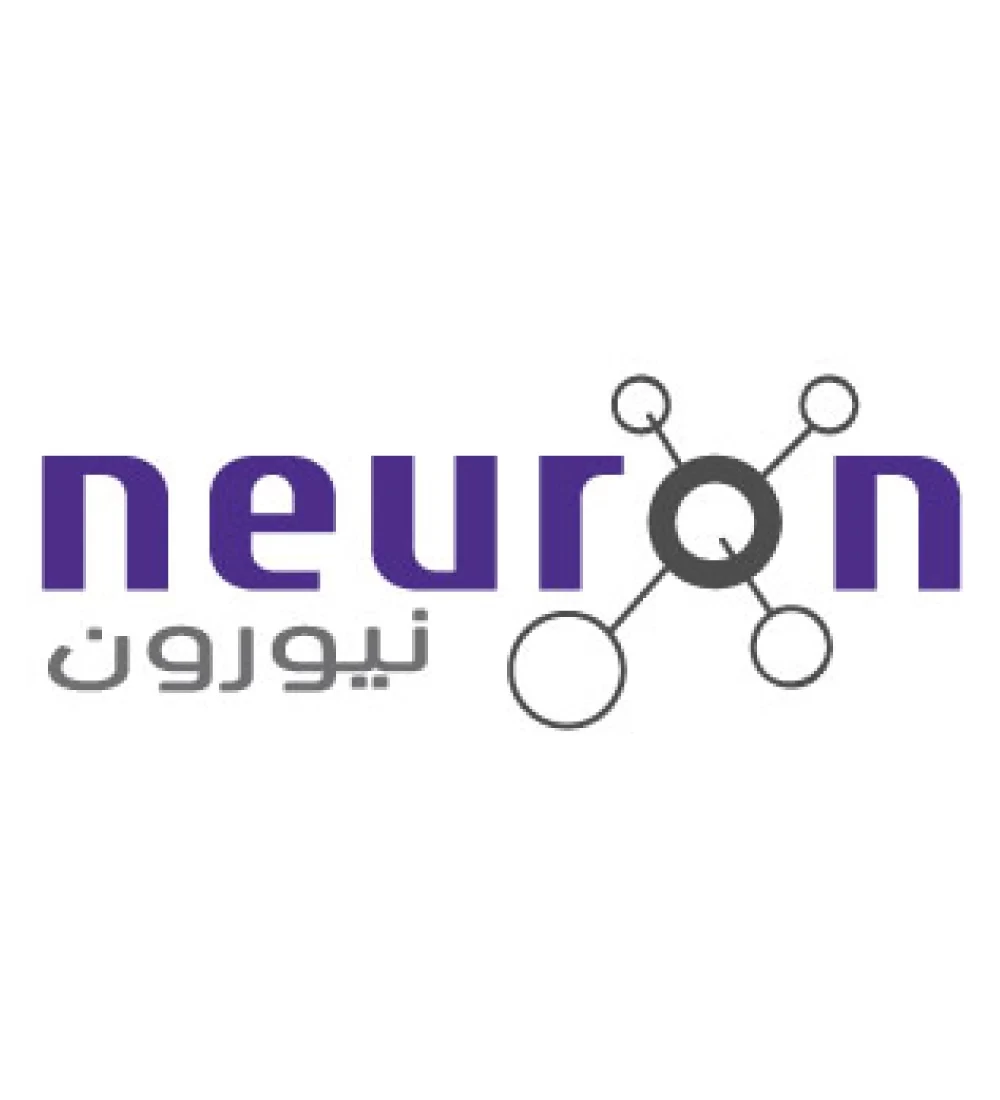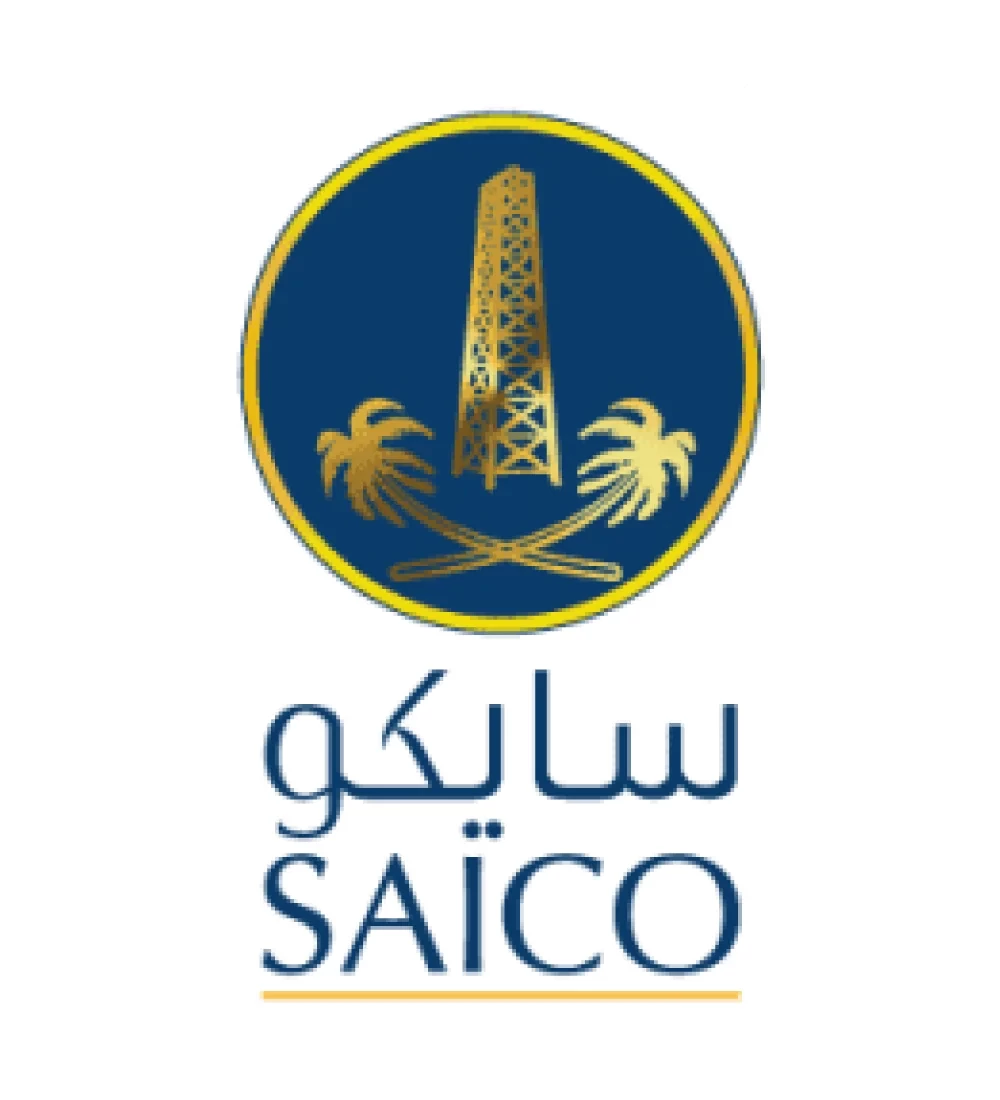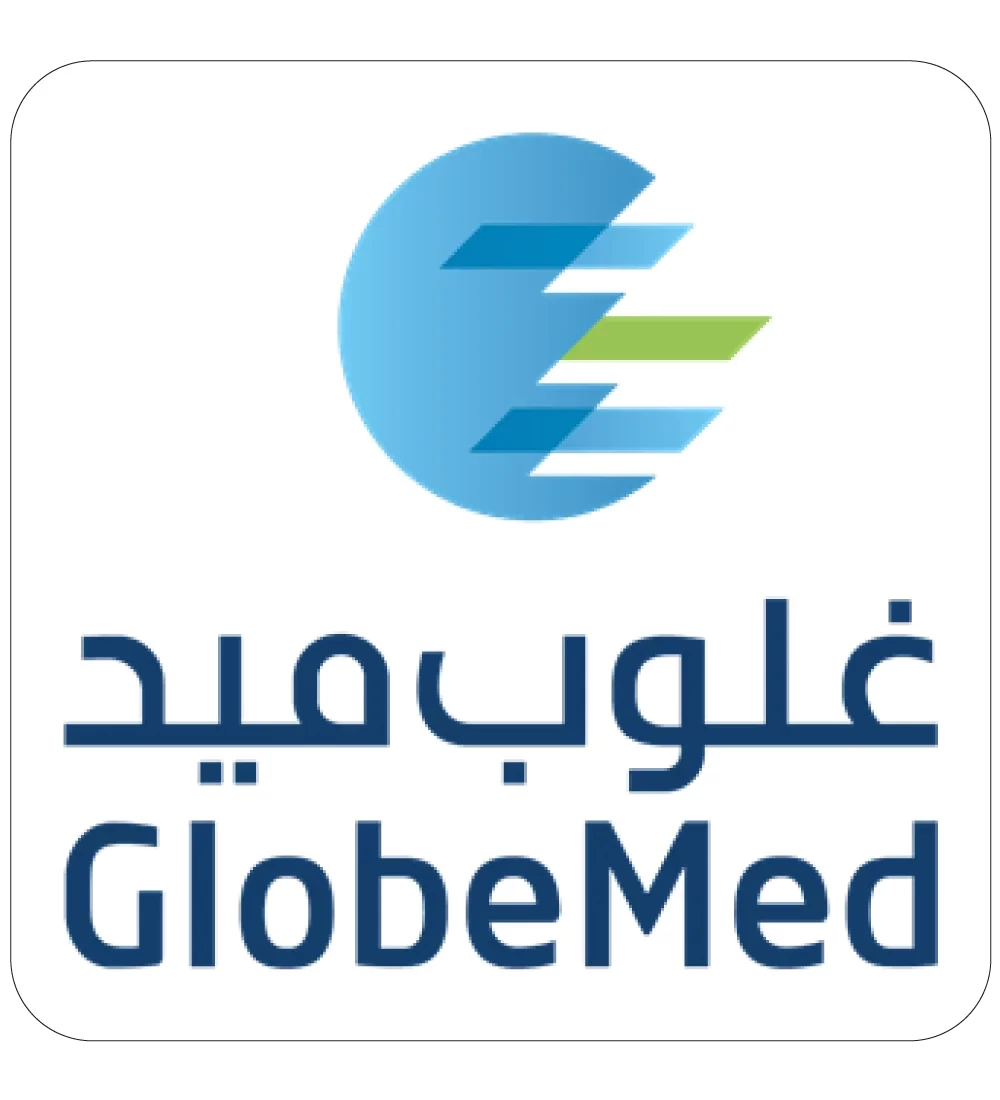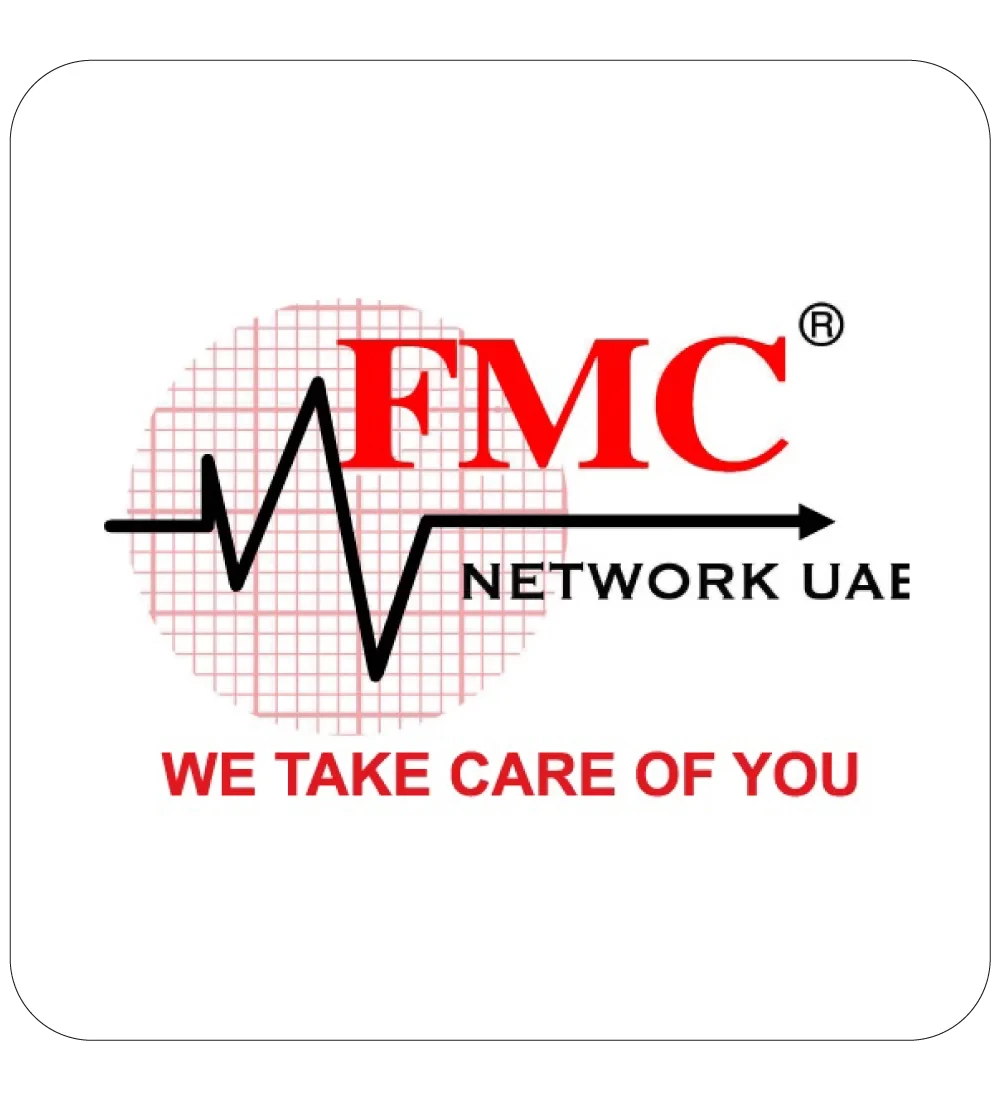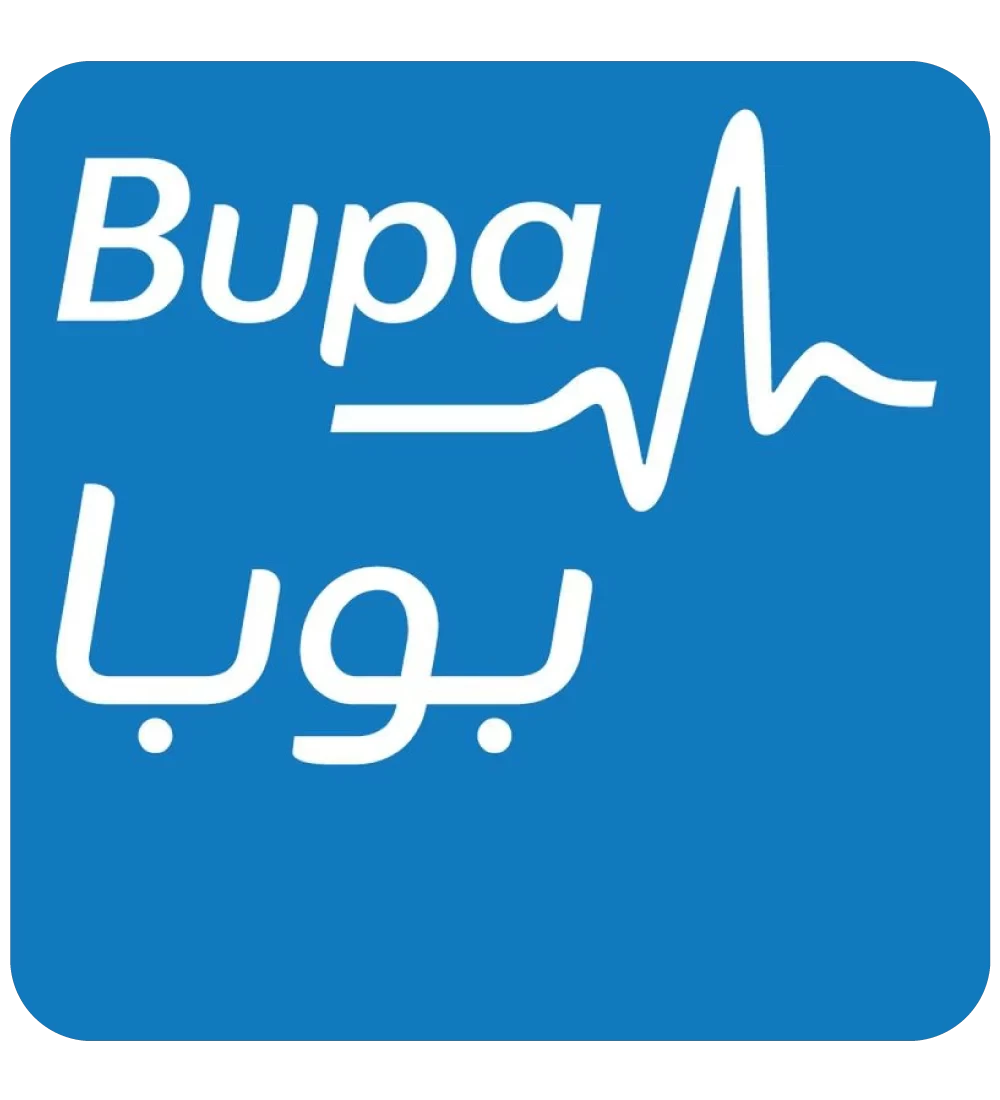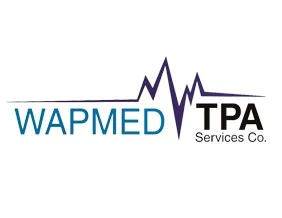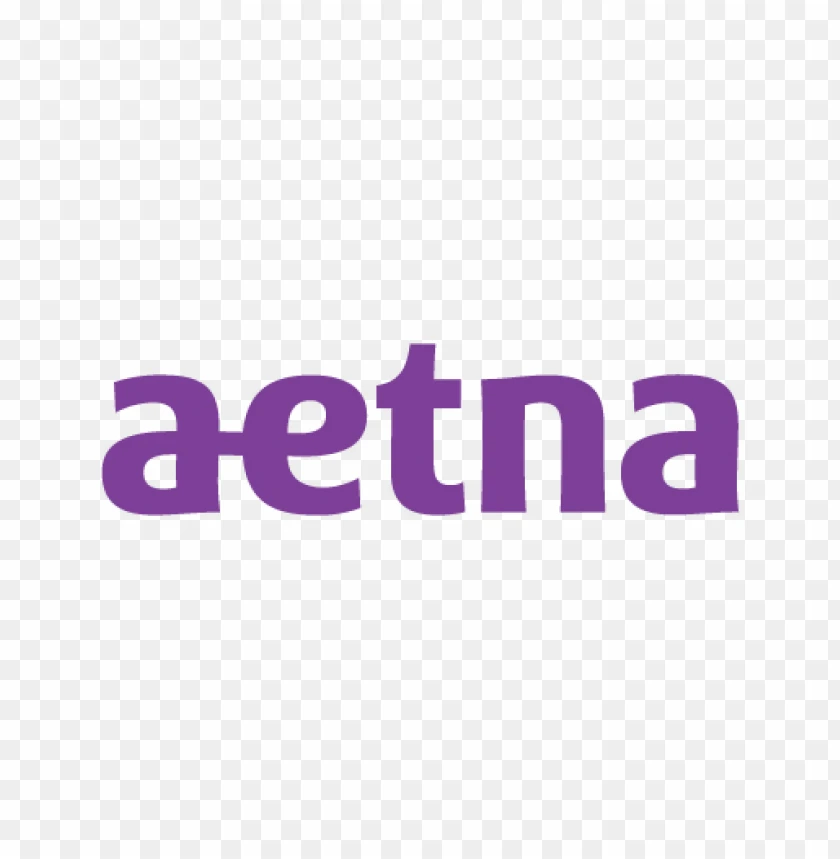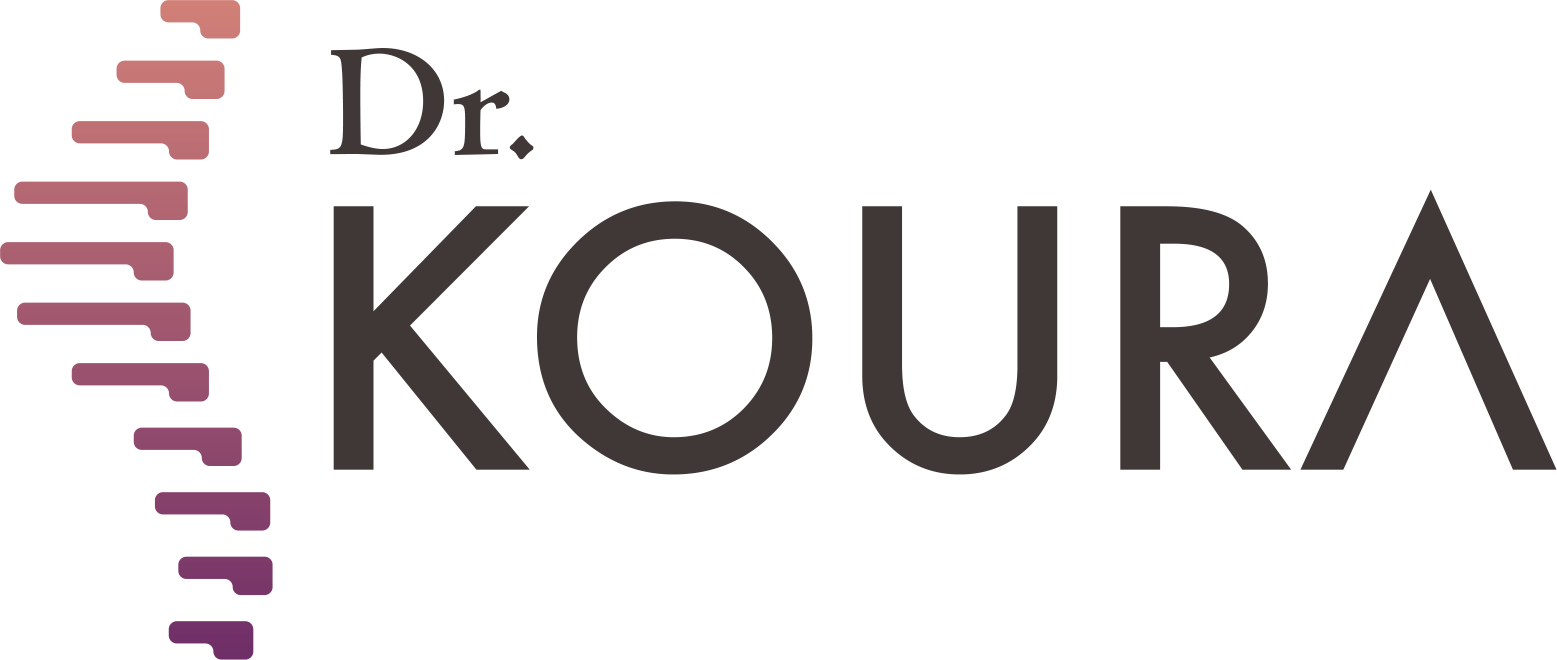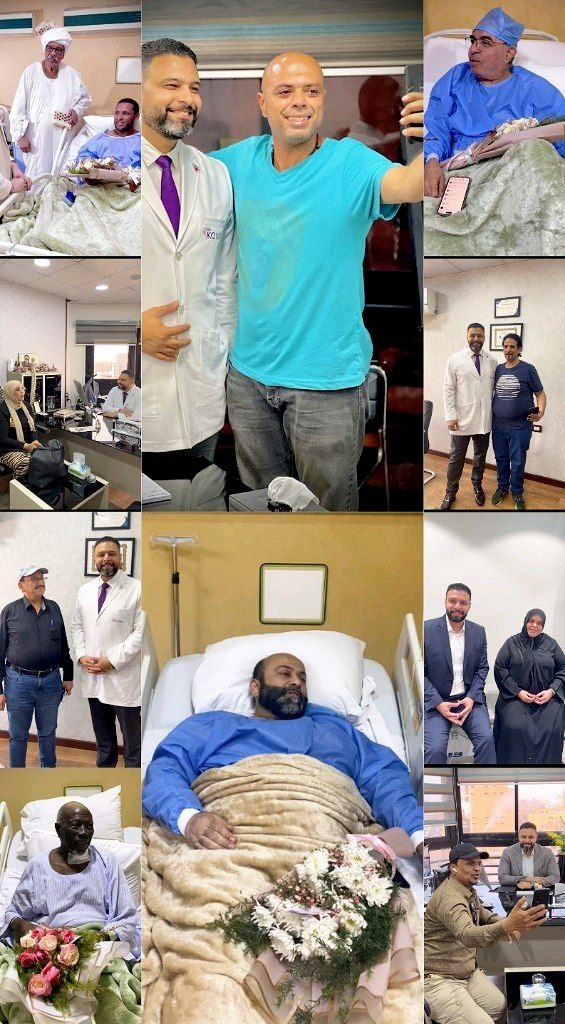
To see patients' reviews
Click hereTreating headaches in different ways
-webp.webp)

Headaches are temporary, debilitating conditions that disrupt your daily activities. Some people suffer from chronic, persistent headaches, while others experience sudden, severe attacks that hinder their daily activities. Painkillers are not an ideal solution for treating headaches; they remain temporary solutions because they do not address the root cause of the headache, unlike other treatments that work to eliminate the problem. The need for modern headache treatments has recently become apparent among the general public. These treatments offer effective and safe solutions, far from the need for continuous medication or complex surgical procedures, which some people do not prefer.
Many doctors have succeeded in developing safe treatments for patients, free from painkillers and surgery. Dr. Muhammad Qura has played a prominent role in this, as he possesses unparalleled experience.
In the field of modern medicine, he is the best interventional pain doctor, having revolutionized the treatment of chronic conditions without the need for surgery. Dr. With his extensive experience in introducing advanced techniques to Egypt and the region for treating headaches, such as radiofrequency and micro-neural injections, Dr. Qora is a leading authority in providing accurate and safe treatment methods for headaches associated with head, facial, and neck pain.
Diagnosing the Source of Headaches and Finding Treatment Methods
Before initiating any modern headache treatment, it is essential to determine the primary cause. Is it a tension headache? A migraine? Is it caused by inflammation of the facial or head nerves? Or is it related to problems in the cervical spine?
This step helps identify the underlying problem of this disease for comprehensive treatment. Dr. Mohamed Qora's role is always highlighted by his decisive steps in treatment, as he identifies the center of the pain and its cause using a test injection, a diagnostic technique used to pinpoint the precise source of the pain. He first injects a local anesthetic into specific nerves. If the pain significantly decreases, this clearly indicates that these nerves are responsible for the headache, which helps in developing an appropriate treatment plan.
What are the most prominent methods for treating headaches?
Radiofrequency Therapy for Headache Pain
Radiofrequency therapy is one of the most prominent methods currently used to treat headaches. This method represents a significant advance in interventional medicine, where radiofrequency waves are sent to the nerves responsible for pain sensations.
Radiofrequency is unique in its ability to precisely disrupt the nerve signals that cause headaches without affecting other neurological functions. This helps relieve the pain caused by these headaches without the need for any surgical intervention. This radiofrequency therapy is applied to the nerves that supply the face and head, such as:
The trigeminal nerve (the trigeminal nerve).
The plexus.
The results of this treatment show excellent effectiveness, especially in cases of chronic headaches and headaches caused by problems in the cervical spine or nerve inflammation.
Headache Treatment with Plexus Injections
Plexus injections stand out among the advanced techniques offered by Dr. Qura. Plexus injections are a network of nerves located in sensitive areas of the head and neck. This technique is commonly used to treat headaches caused by irritation or inflammation of this nerve network. An anesthetic or anti-inflammatory substance is injected directly into the plexus, under x-ray or ultrasound guidance, achieving effective and rapid results.
Treating Headaches with Botox
It may surprise some that Botox injections for headaches have become a medically approved method for treating headaches, such as chronic migraines. It is an effective treatment for reducing muscle contractions surrounding the head and neck, which can trigger headache attacks. Recent medical studies have also indicated that patients who regularly receive Botox injections for headaches experience fewer and less frequent headaches.
Treating Headaches with Platelet-Rich Plasma (PRP) Injections
Platelet-rich plasma (PRP) is one of the most prominent recent headache treatments. This method involves drawing a sample of the patient's blood, separating the plasma, and injecting it into the areas surrounding the nerves or muscles responsible for the headache. Plasma also helps reduce inflammation and promote tissue healing, making it a safe and natural option with minimal side effects. Platelet-rich plasma therapy has been successful in treating headaches associated with muscle strain or chronic inflammation in the tissues surrounding the head and neck.
Are these modern treatments safe for headache patients?
All of the above methods fall under the heading of headache treatment. They are ideal techniques for people suffering from chronic headaches or headaches resistant to conventional treatments. These methods are characterized by:
No surgery required.
Using highly precise instruments.
The procedure is performed under X-ray guidance to ensure accuracy.
It can often be performed in clinics or specialized centers without the need for anesthesia or general anesthesia.
Headache treatment is no longer limited to medications and painkillers. There are now advanced, more effective, and safer options. Whether you suffer from migraines, tension headaches, or headaches caused by nerve or spinal problems, headache treatment techniques and methods such as radiofrequency ablation, plexus injections, Botox, and platelet-rich plasma (PRP) represent a revolution in headache treatment, giving you hope for a pain-free life.
What distinguishes Dr. Mohamed Qoura is his use of the latest pain treatment techniques, in addition to his philosophy of treating pain as a complex problem that requires an accurate diagnosis and an individualized treatment plan for each patient. At his specialized center, Dr. Qoura offers a variety of advanced headache treatment methods, such as experimental injections, therapeutic Botox, and platelet-rich plasma (PRP), with close follow-up.
Dr. Mohamed Koura is here to assist you using the latest therapeutic techniques, including thermal radiofrequency and laser treatments for spinal pain without surgery—book your appointment now from here.
Why Choose Dr. Mohamed Koura ?
Simply because he is the best doctor in his feild. He stays updated on the latest treatment technologies through his participation in various international conferences with leading foreign doctors and experts. Finally, and most importantly, Dr. Mohamed Koura is the best doctor in Egypt and the Arab world, possessing 12 non-surgical techniques for treating spinal and joint problems. He was the first to introduce modern interventional treatment techniques in Egypt & the Middle East and is the only one using the disc fx technique to treat spinal pain.
To see patients' reviews
Click hereCertainly not, some cases must be treated surgically, and the most appropriate technique for the patient is determined through a medical examination and the presence of imaging studies.
No, it is necessary to make a reservation through a phone call or social media messages.
There are no risks or side effects associated with non-surgical pain interventions.
The patient needs only 3 to 4 days before they can travel comfortably, and the hospital stay does not exceed 6 to 8 hours.
A condition cannot be accurately assessed and a proper medical diagnosis made without a medical examination and recent imaging studies.
Yes, there are several payment methods available through Visa or electronic wallets by making a reservation on our website.
Certainly, obesity is one of the causes of knee osteoarthritis.
Radiofrequency activates the nerve and does not cause any damage to it.
Non-surgical interventions are a definitive treatment for some cases and pain relievers for other cases, which is determined by the doctor through a medical examination.
If the herniated disc is fully treated, there is a possibility of it reoccurring in some cases, such as not following the doctor's prescribed instructions after the intervention, experiencing an accident, or making a sudden wrong movement like lifting heavy objects.
The entire disc is not removed due to the presence of several risks and it may exacerbate the condition. Only the protruding part that causes pain is removed.
This cannot be done with radiofrequency, but it is performed through other techniques that Dr. Koura conducts.
The success or failure of non-surgical interventions cannot be judged through radiographic imaging because these procedures involve making subtle changes to critical parts to address the issue. Consequently, they do not produce significant changes to avoid potential complications in the future or damage to the spine and joints, which is our primary goal.
Spinal stenosis does not typically cause sciatica. In most cases, disc herniation is what may lead to sciatica. This does not necessarily mean that a patient with sciatica will also have spinal stenosis.
Sciatica may return if the patient does not adhere to the medical instructions provided by the doctor or in the event of an unexpected accident.
A life without pain without surgery
Once you book with Dr. Koura
Get rid of pain with just one call.. Book your appointment now with pain Management consultant Dr. Koura.
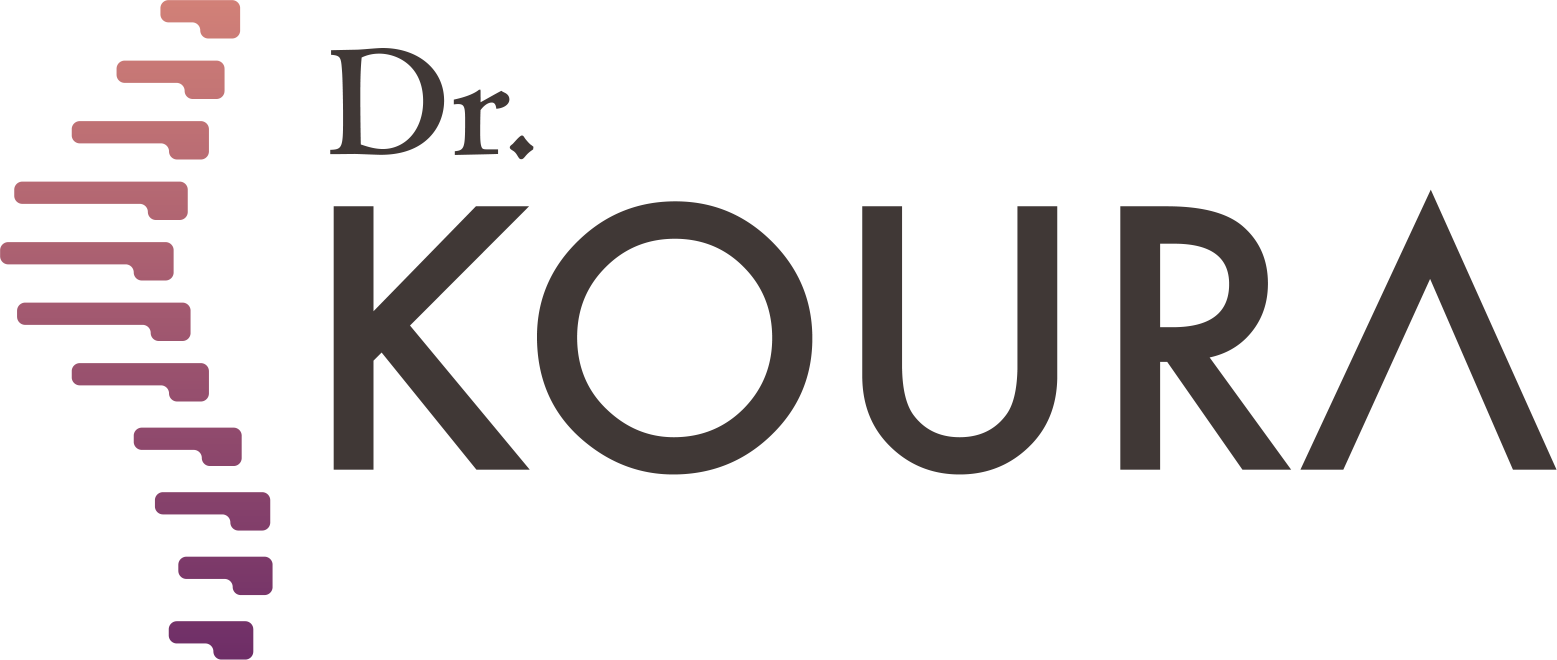





-webp.webp)

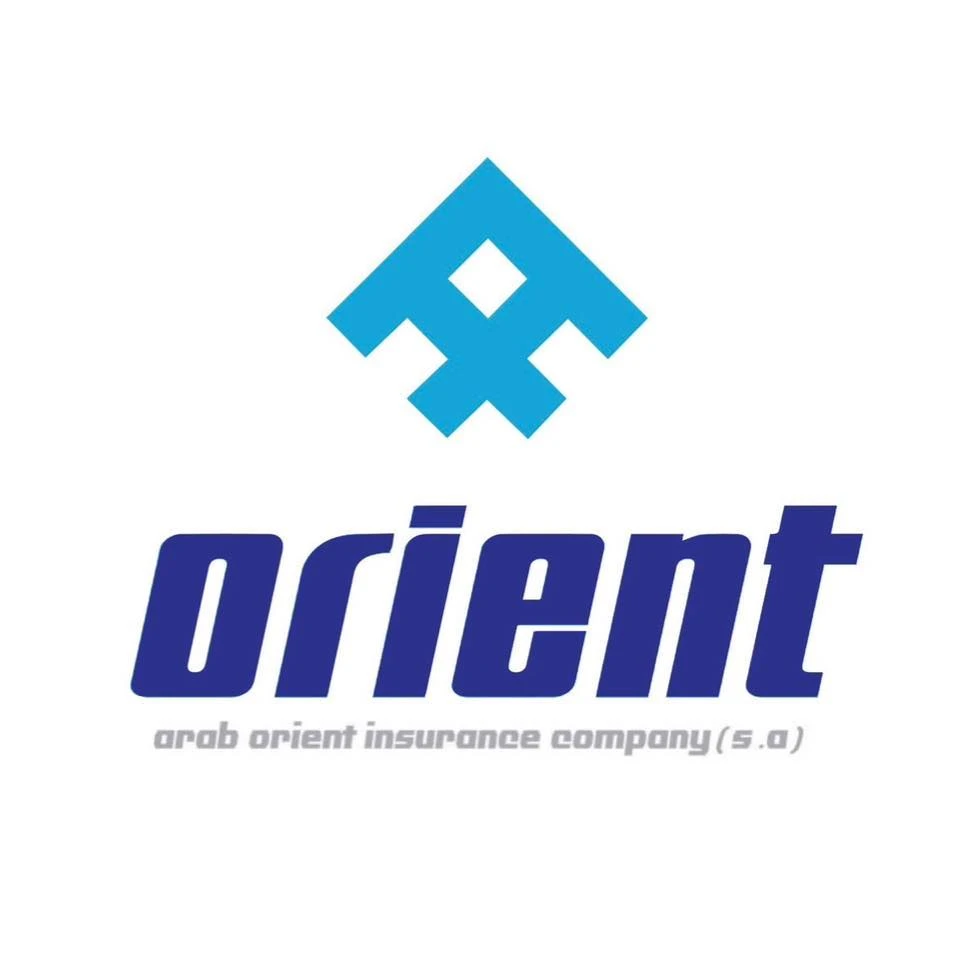


-webp.webp)







